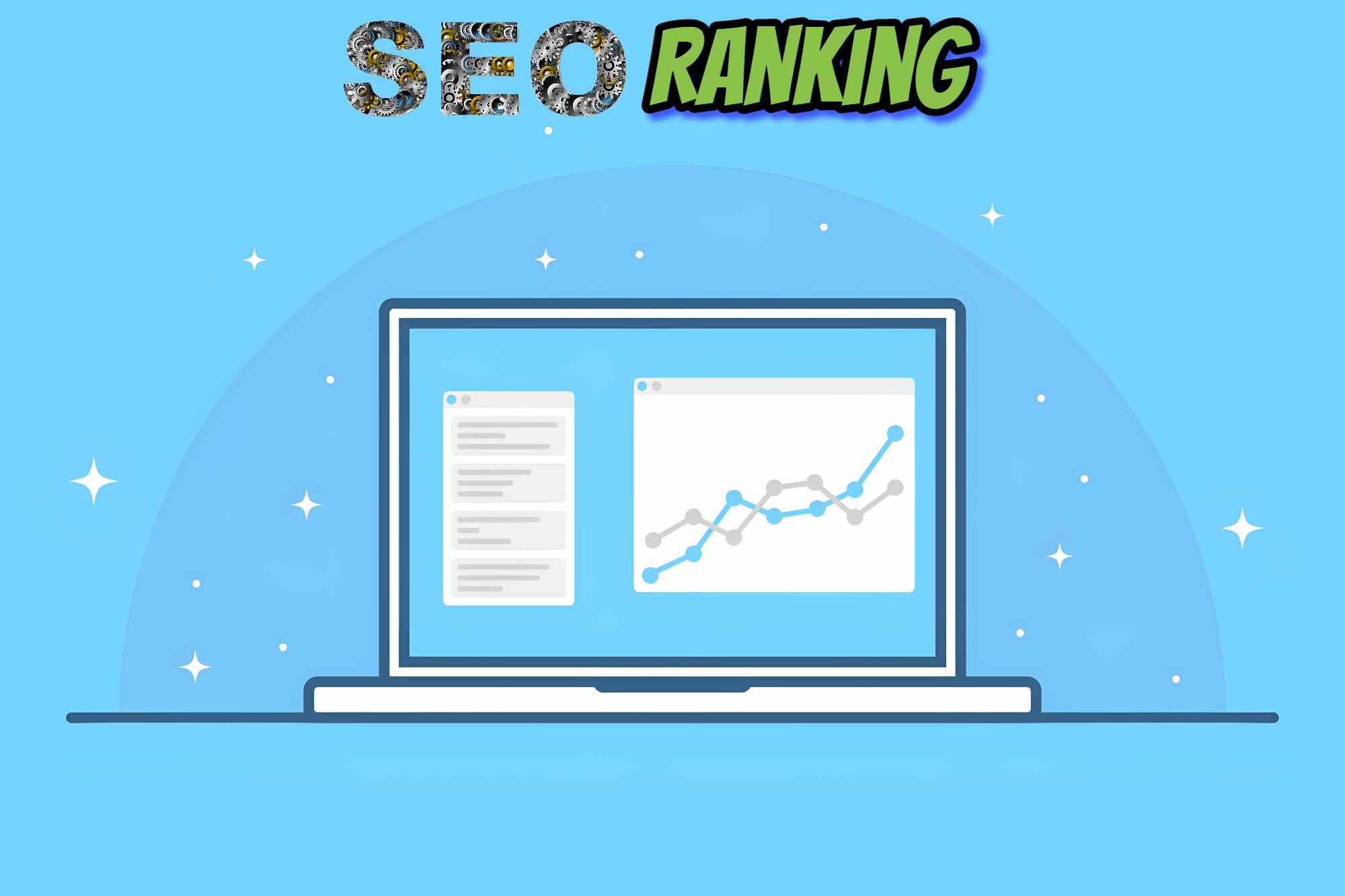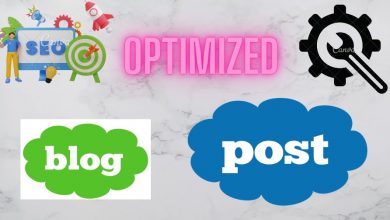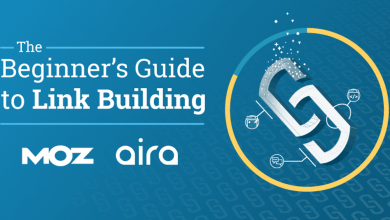In today’s digital age, a strong online presence is essential for higher education institutions seeking to attract prospective students, engage current ones, and showcase their academic offerings.
Search Engine Optimization (SEO) plays a crucial role in ensuring that your institution’s website ranks prominently in search engine results, making it easier for students to discover and learn about your programs.
In this blog post, we’ll explore actionable steps that higher education institutions can take to improve their SEO rankings and unleash their full potential in the competitive digital landscape.
Table of Contents
Conduct Comprehensive Keyword Research:
- The first step to improving SEO rankings for higher education institutions is conducting thorough keyword research.
- Identify relevant keywords and phrases that prospective students are likely to use when searching for academic programs, courses, and information about your institution.
- Use keyword research tools like Google Keyword Planner, Agency Dashboard, SEMrush, or Moz Keyword Explorer to identify high-volume, low-competition keywords that you can target in your content.
Optimize On-Page Elements:
- On-page optimization is crucial for improving SEO rankings. Ensure that your website’s title tags, meta descriptions, headings, and image alt text are all optimized with relevant keywords.
- Use descriptive and compelling language that entices users to click through to your website. Additionally, optimize your URLs to be concise, descriptive, and keyword-rich. Hiring a technical seo services provider will ensure that your website’s technical management is taken care of so that if performs for your visitors.
Create High-Quality Content:
- Content is king when it comes to SEO. Create high-quality, informative content that addresses the needs and interests of your target audience.
- Develop comprehensive program pages, course descriptions, and blog posts that provide valuable information about your institution and its offerings.
- Incorporate relevant keywords naturally throughout your content, but avoid keyword stuffing, which can negatively impact the user experience and SEO rankings.
Optimize Website Speed and Mobile Responsiveness:
- Website speed and mobile responsiveness are critical factors that can impact SEO rankings.
- Ensure that your website loads quickly on all devices and browsers. Use tools like Google PageSpeed Insights or GTmetrix to identify and address any issues that may be slowing down your website.
- Optimize images, minify CSS and JavaScript files, and leverage browser caching to improve page load times and enhance the user experience.
Build High-Quality Backlinks:
- Backlinks from authoritative and relevant websites are a powerful ranking factor for SEO.
- Develop a link-building strategy that focuses on acquiring high-quality backlinks from reputable sources such as academic publications, industry organizations, and educational directories.
- Reach out to relevant websites and publications to request guest blogging opportunities or collaboration opportunities that can earn you valuable backlinks.
Optimize for Local Search:
- For higher education institutions with physical campuses, optimizing for local search is essential.
- Ensure that your institution’s name, address, and phone number (NAP) are consistent across all online directories and listings.
- Create a Google My Business profile and optimize it with accurate information, photos, and reviews.
- Encourage satisfied students and alumni to leave positive reviews, which can boost your institution’s visibility in local search results.
Implement Schema Markup:
- Schema markup is a form of structured data that helps search engines understand the content and context of your website.
- Implement schema markup for your institution’s name, address, phone number, logo, and other relevant information.
- This can enhance your website’s appearance on search engine results pages (SERPs) with rich snippets, such as star ratings, event listings, and site links.
Monitor and Analyze Performance:
- Regular monitoring and analysis are essential for measuring the effectiveness of your SEO efforts and identifying areas for improvement.
- Use tools like Google Analytics, Google Search Console, and third-party SEO software to track key metrics such as website traffic, keyword rankings, backlink profiles, and user engagement.
- Analyze data trends, identify patterns, and make data-driven decisions to refine and optimize your SEO strategy over time.
Conclusion:
Improving SEO rankings for higher education institutions requires a strategic and holistic approach that encompasses keyword research, on-page optimization, content creation, technical optimization, link building, local search optimization, schema markup, and ongoing monitoring and analysis.
By implementing the steps outlined in this blog post and staying abreast of the latest SEO best practices, higher education institutions can unleash their full potential in the digital landscape, attract more prospective students, and elevate their online presence and reputation.
Don’t miss out on the opportunity to improve your institution’s SEO rankings and achieve greater visibility, credibility, and success in the competitive world of higher education.
Please explore our site for more exciting content if you liked dis article.





